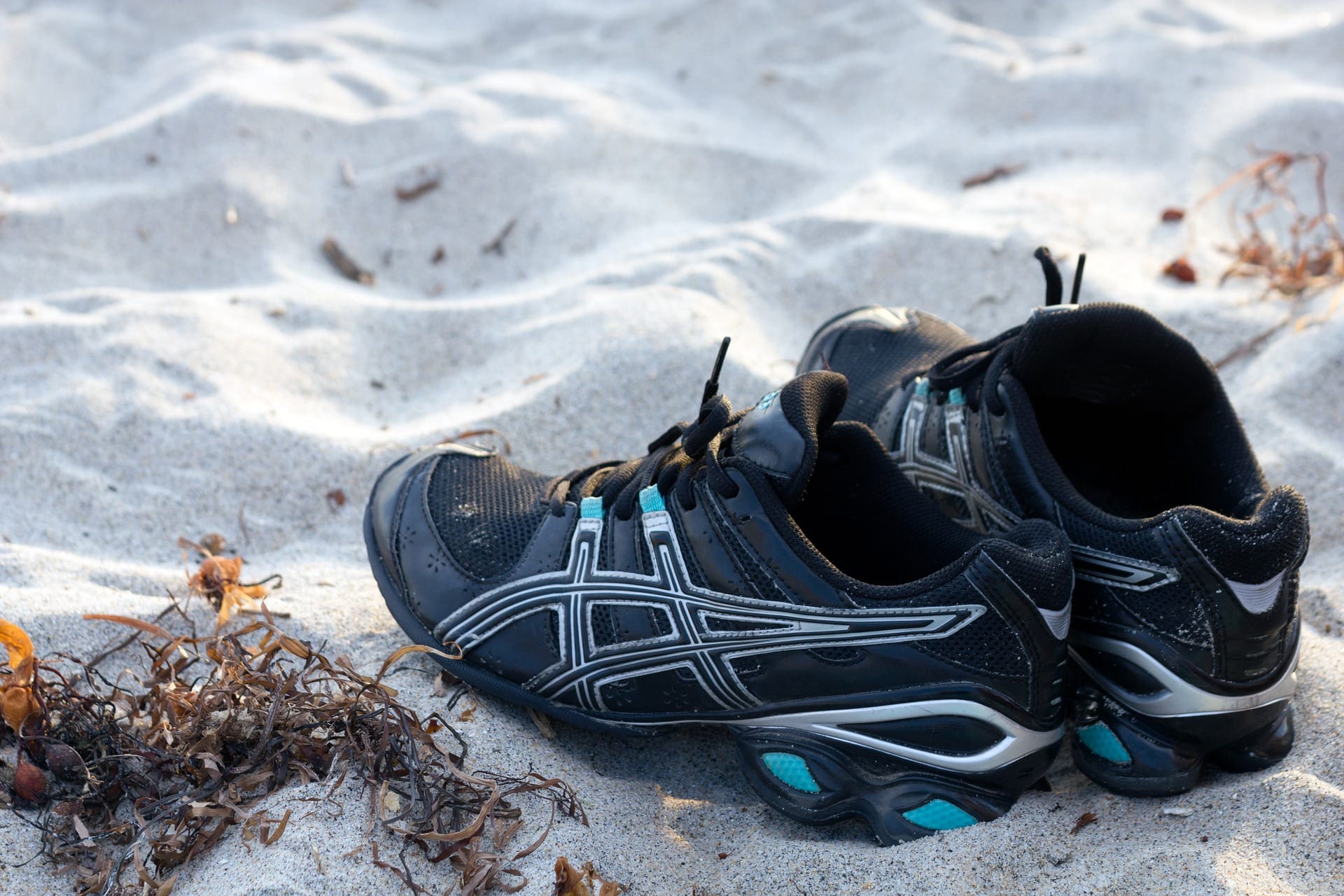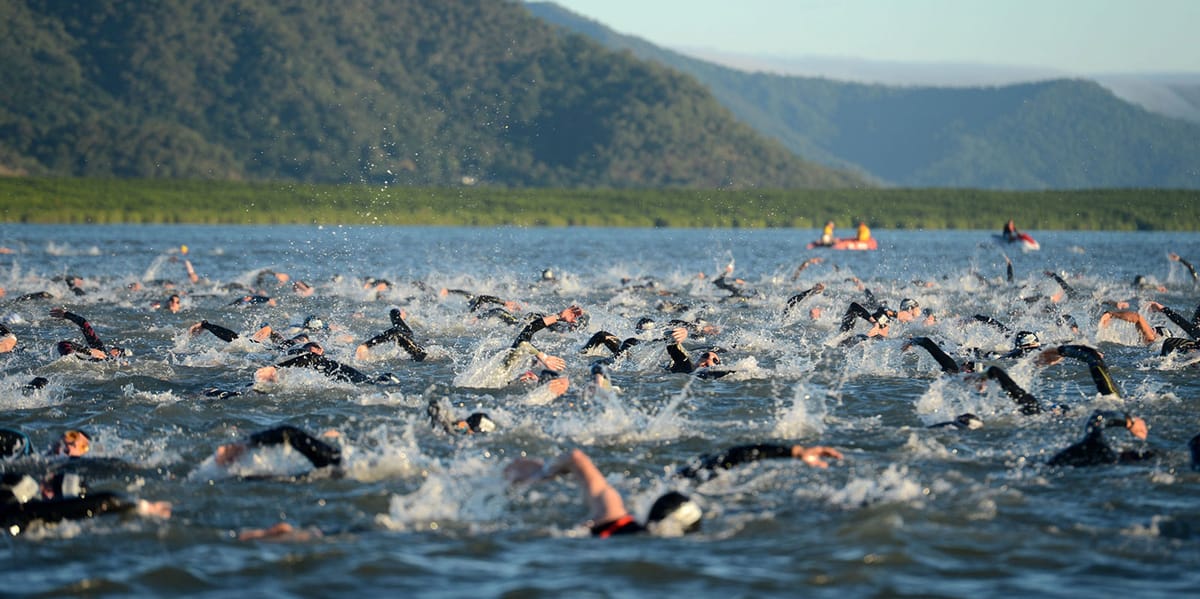I once read an article about Kenyan athletes. It explained why they run so well in their early teens and 20s, as opposed to most runners who take years of progression to attain the same results in their early 30s.
The answer was simple: By the time the Kenyan athletes were 18-19 they had accumulated tens of thousands of kilometres in training due to running/walking to school and just having running as part of their culture. Essentially, Kenyan athletes have a massive starting base and essentially a head-start on their Western counterparts by the time they reach their late teens and embark on their running career.
Success comes from building a solid base
The Kenyan athletes’ training program isn’t unlike a Triathlon training program when you break it down. Essentially, all these athletes are building a solid consistent base, which has huge benefits to your summer racing regime.
Use winter to work hard for summer
Money in the bank and kms in the saddle are irreplaceable in this sport, and there is nowhere to hide if you don’t do the hard yards in winter leading into summer.
The human body is an amazing machine as repetition to any given movement or action will eventually be adapted to, and become part of your lifestyle. This happens whether it takes a few weeks, months or years. Your body will eventually adapt, and once adapted it will start to benefit as the progression takes hold.
Changing training before adaptation: A common mistake athletes make
Many athletes don’t let the body progress enough to benefit from the given program. I made a lot of mistakes while I was a junior triathlete who was self coached. Often I listened to too many people and read too many magazines in order to achieve better results. I would have a good set of races and start to feel good, then I would say to myself that in order to get even better; I needed to change my training and train harder, whereas if I stuck to what I was doing I would continue my line of progression instead of injuring myself or overtraining.
Don’t waste your time ‘Spinning your wheels’
This is a common expression that can be used a lot by athletes who are “overtrained” and it generally means that the effort they are producing is not meeting the expectations they desire for the training. This leads to the term “spinning the wheels,” which means working with a high degree of effort with no forward propulsion.
It’s an extremely frustrating experience, especially when you have spent so much time and effort in training for the sport. That is why improvement does not happen overnight especially in Long Distance Triathlon as it takes years to develop a base big enough to race at a higher intensity over an ironman or 70.3 competition.
Key Tip: Progress at a rate your body can handle
Once you have established your racing schedule for the summer, you need to plan your training structure by breaking down the training into different phases in order to peak. This process is called periodization and can be used to develop any weaknesses an athlete might have.
If you are self coached, this process is vitally important and something that needs to be structured into a yearly plan. Planning this way enables you to progress at a rate that your body can adjust to overtime, setting up a good base to draw from when needed.
Targets and heart rate monitoring
Having targets is a great way of monitoring your improvement and progression rates. Use HR as a consistent factor throughout your training; it will tell you how your body is faring under stress, and how it performs from year to year.
Monitor your heart rate at certain outputs by testing yourself throughout the year. Whether this be a running test or stationary bike test, it will give you a reading of your outputs from year to year.
Monitoring your resting heart rate is also a tool that can be used to monitor improvements. You will begin to see certain patterns evolve over time. When you are really fit, you will see your HR drop, and if you are sick you will see it fluctuate accordingly. Gaining that insight into your performance is really handy for your progression.
Tips:
- Be patient and be positive: The results will come eventually, every race is a step toward your PB
- Aim small, then you wont be disappointed when you cant achieve your goal
- Use a training diary to monitor each year’s improvement, and help you see how your training patterns influence your performance
- Try and stick with a coach for a decent amount of time. The body takes time to adapt to a given program and will adapt given the time – so be patient
- Plan your racing season well and train using the required phases of base building, speed/intensity and tapering
- Seek advice from a pro triathlete who has had consistent results over a long period








